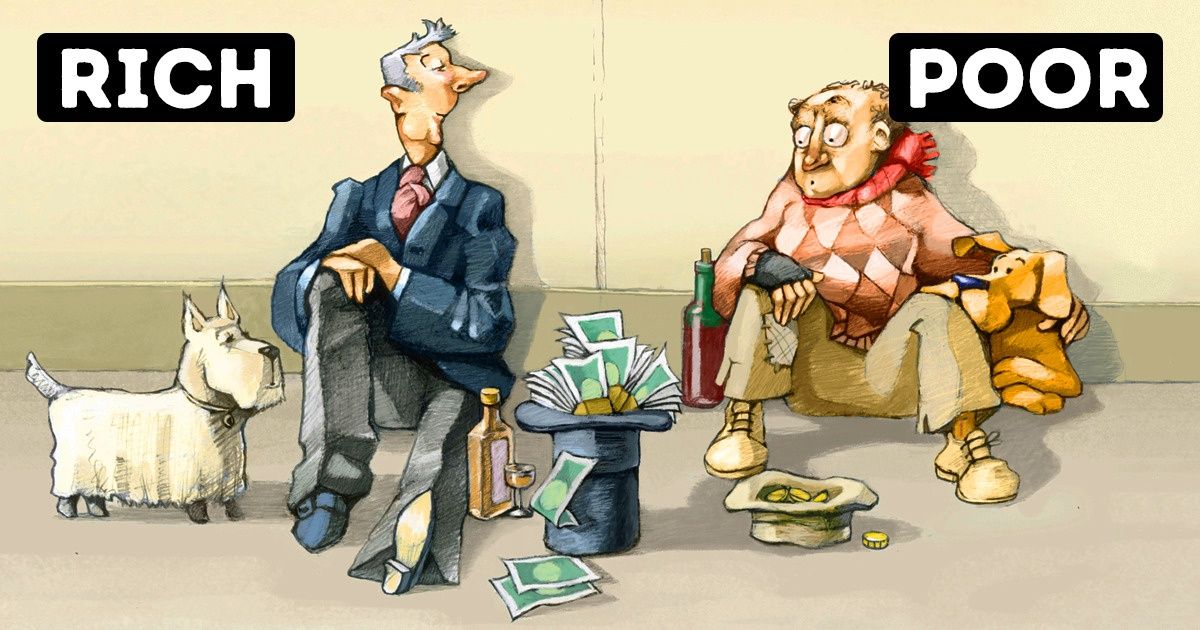Sometimes we can’t even guess how accurate descriptions of the future world are in science fiction books. Apparently, the authors of some fiction books have some knowledge about our world that goes beyond the limits of common people’s understanding.
We put together the most impressive writers’ predictions that don’t seem so unreal today.
8. Cryonics
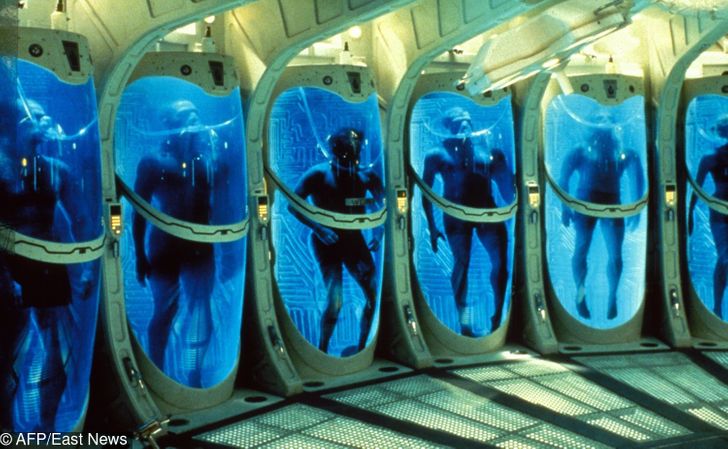
The first indications of the cryonic theory can be found in the story The Jameson Satellite, written by Neil R. Jones in 1931.
The main character, Professor Jameson, asks to take his corpse to Earth orbit in the hope that it will be preserved there at a temperature of absolute zero.
However, the concept of human cryopreservation was not popularized until 1947 by Robert Ettinger, an American academic, also known as “the father of cryonics.”
That year, he wrote a utopian tale titled The Penultimate Trump. This led him to become the first person to promote the deliberate choice of freezing oneself for later resurrection.
7. Moon Landing
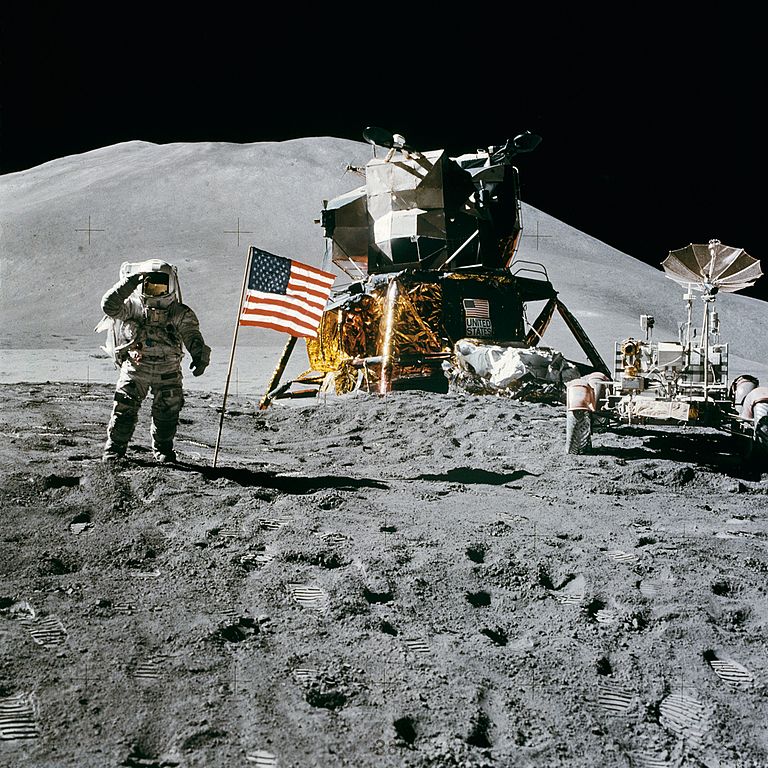
In 1865, the French writer Jules Verne published his novel From the Earth to the Moon, in which he described a huge space gun that could launch projectiles directly at the moon.
More than a century later, the Apollo 11 spaceflight landed on the moon. It had the same name that Verne had predicted, and besides, there were exactly the same number of people on board.
The writer even managed to predict the sensation of lightness that astronauts would experience when they were in space.
6. The Sinking of the Titanic
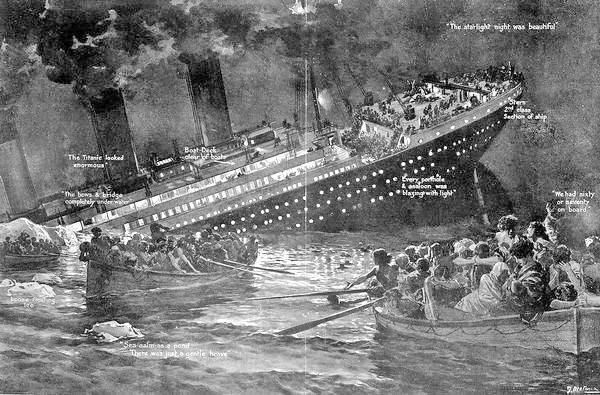
Morgan Robertson’s novel The Wreck of the Titan, Or, Futility was published in 1898 and told its readers about a large, “unsinkable” ship that sank after crashing into an iceberg.
14 years later, the largest ship of all time, the Titanic, was launched and its sinking occurred under the same circumstances described by Robertson.
5. An Atomic Bomb
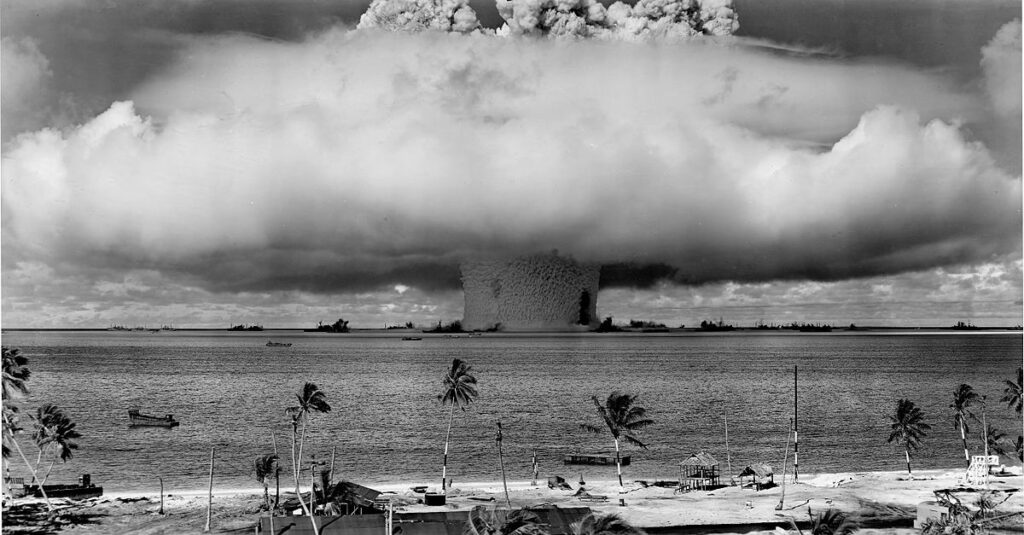
In his novel The World Set Free, H.G. Wells predicted that uranium-based hand grenades of infinite power (which he called “atomic bombs”) would destroy a large number of lives in the future.
31 years after the publication of his book, a real atomic bomb was dropped under the Manhattan Project and it was targeted at Hiroshima.
4. The Nuclear Arms Race
Solution Unsatisfactory (1941), a short story by Robert Heinlein, describes the United States developing nuclear weapons before the rest of the world and becoming the only superpower on our planet.
Heinlein also writes about the race among other nations to develop similar bombs. Later, all of these events took place during the period of the nuclear arms race in the Cold War.
3. 2 Moons on Mars
In his popular novel Gulliver’s Travels, published in 1726, Jonathan Swift claimed that Mars had 2 moons. It took 151 years before they were discovered.
In the classic Swift text, the main character visits the fictional island of Laputa. This floating world is full of scientists and astronomers who tell the protagonist that Mars is orbited by 2 small moons.
The author’s description of the moons of Mars includes surprisingly precise details of their orbital distances and periods of revolution.
2. Internet

In 1898, Mark Twain wrote the short story From the “London Times” of 1904, which would be 6 years in the future. The story revolves around a criminal mystery: the inventor of a promising new device called the Teleletroscope was murdered.
The author describes the newly invented device as an “unlimited distance” telephone that could create a global information network accessible to all. This is a lot like the internet today.
1. Antidepressants
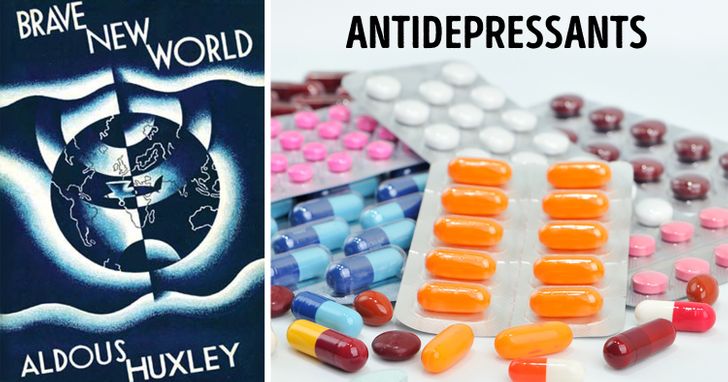
Aldous Huxley’s dystopian novel Brave New World portrays a grim vision of a society governed by psychological manipulation. Drug-dependent citizens rely on mood-enhancing pills called “soma,” which are designed to induce stability and reduce sad and anxious thoughts.
The novel was written two decades before the first antidepressant experiments, and Huxley was able to accurately predict its wide popularity.
Which prediction did you find the most impressive? Share your opinion in the comments!







